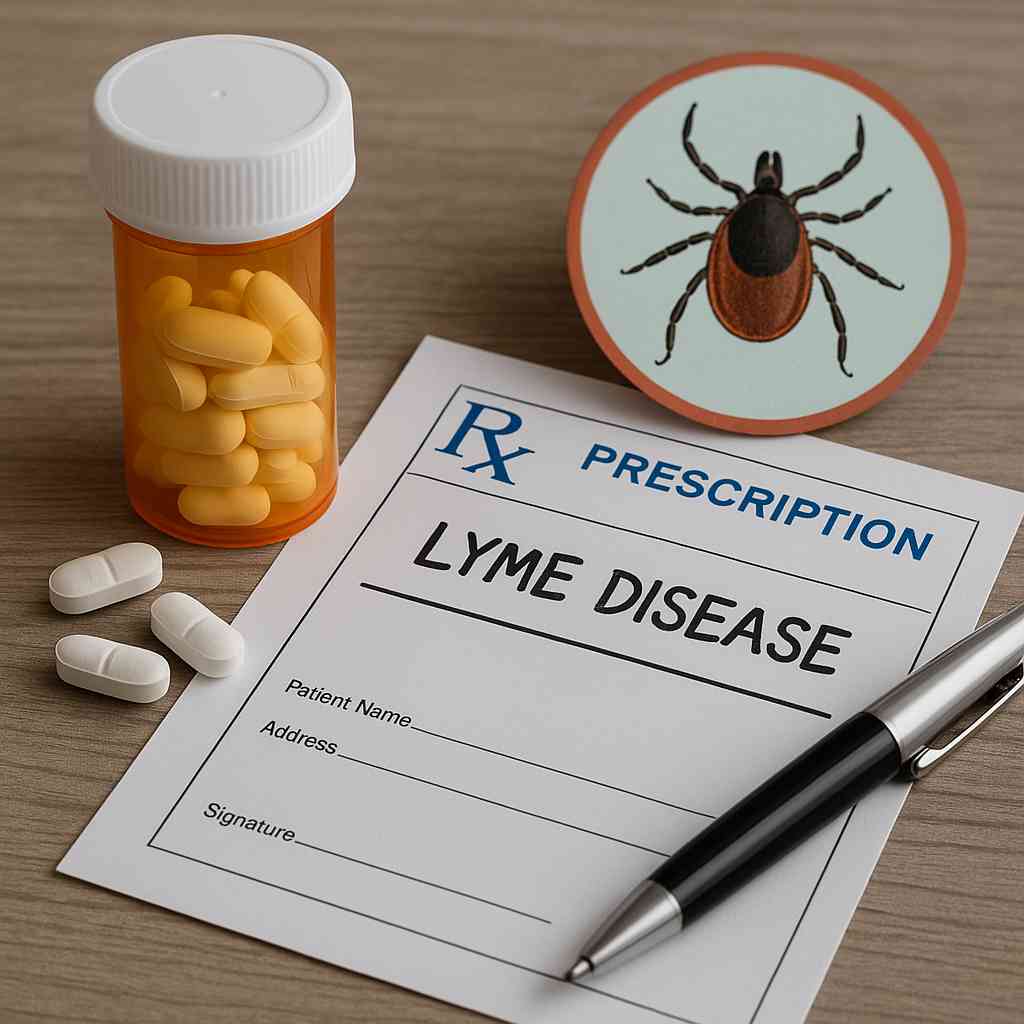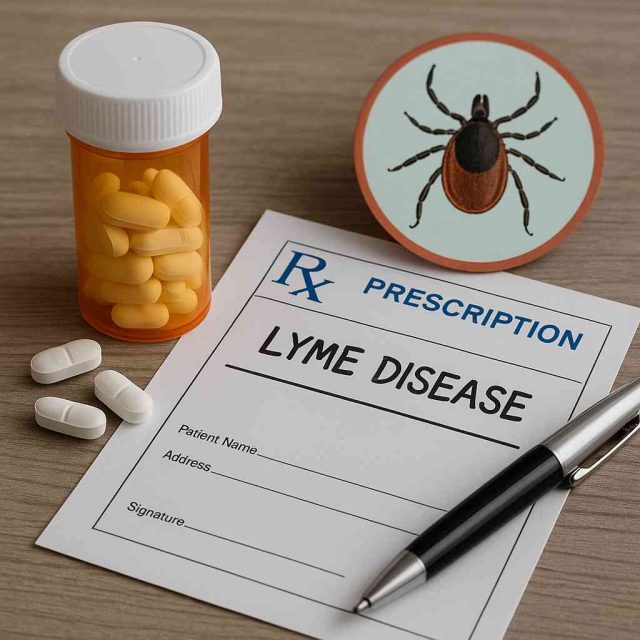
Lyme disease treatment can feel like navigating a maze, especially when symptoms persist despite taking antibiotics. For many patients, the journey to healing is long and frustrating. So what truly works—and why do some people recover faster than others? Understanding effective treatment options can make the difference between years of struggle and a timely recovery.
Table of Contents
- Understanding Lyme Disease and Its Progression
- First-Line Lyme Disease Treatments That Deliver Results
- Alternative and Integrative Therapies That Help
- Long-Term Management and Preventing Relapse
- Conclusion & FAQs
Understanding Lyme Disease and Its Progression
Lyme disease is caused by the Borrelia burgdorferi bacterium, transmitted through the bite of infected black-legged ticks. It often starts with flu-like symptoms, fatigue, and a distinctive “bullseye” rash. However, without early Lyme disease treatment, the infection can spread to joints, the heart, and even the nervous system.
Early detection plays a critical role in successful treatment. Unfortunately, not everyone notices the bite or develops a rash. In some cases, people go months without realizing what’s wrong. That delay allows the bacteria to entrench itself deeper into the body, leading to more severe symptoms and a longer road to recovery.
Lyme disease progresses in stages—early localized, early disseminated, and late disseminated. Treatment effectiveness often depends on which stage the disease is caught. Yet, even in chronic or late-stage cases, proper medical care can lead to significant improvement.
First-Line Lyme Disease Treatments That Deliver Results
When caught early, Lyme disease responds well to antibiotics. The most commonly prescribed antibiotics are doxycycline, amoxicillin, and cefuroxime axetil. These medications are typically taken for 10 to 21 days and are highly effective at eliminating the infection in its early phase.
Doxycycline is often the first choice for adults and children over eight. It not only kills the Lyme bacteria but also treats co-infections like anaplasmosis. For those allergic to doxycycline or in pediatric cases, amoxicillin or cefuroxime are safe alternatives.
For more advanced Lyme disease, intravenous (IV) antibiotics like ceftriaxone (Rocephin) may be necessary. These are used when the infection has affected the central nervous system, causing neurological symptoms or Lyme carditis. Patients may undergo several weeks of IV therapy, usually in a hospital or outpatient setting.
Still, some people experience lingering symptoms—often referred to as Post-Treatment Lyme Disease Syndrome (PTLDS). These symptoms may include fatigue, brain fog, and joint pain, even after the bacteria are cleared. The CDC notes that extended antibiotic use isn’t usually helpful for PTLDS, but supportive care can improve quality of life. You can read more about these approaches in our Top Articles.
Alternative and Integrative Therapies That Help
When conventional treatments fall short, many patients turn to complementary approaches. These therapies don’t replace antibiotics but may enhance overall recovery, especially in chronic cases.
Herbal protocols like the Buhner and Cowden protocols use antimicrobial herbs such as Japanese knotweed, cat’s claw, and andrographis. While research is still evolving, some patients report reduced inflammation and symptom relief. However, always consult a medical professional before starting any herbal program. Visit Healthcare.pro to find a provider familiar with Lyme-literate care.
In addition to herbs, nutrition plays a key role. A clean diet—rich in anti-inflammatory foods like leafy greens, wild-caught fish, and berries—may reduce joint pain and support immune function. Avoiding sugar and processed foods is equally important, as these can promote systemic inflammation.
Some clinics also offer hyperbaric oxygen therapy (HBOT), which increases oxygen levels in the blood and may help the body fight off residual bacteria. While not FDA-approved for Lyme disease, HBOT has shown promise in anecdotal reports and small studies.
Other supportive therapies include:
- Acupuncture for pain relief
- Infrared sauna sessions to aid detoxification
- Probiotics to rebuild gut health after antibiotics
It’s important to recognize that while alternative therapies may offer relief, results vary widely. Personalization is key. Work with your healthcare provider to craft a plan tailored to your symptoms and lifestyle.
Long-Term Management and Preventing Relapse
Even with the best Lyme disease treatment, some patients face recurring symptoms. Therefore, long-term management is essential. A consistent wellness routine—focused on sleep, movement, nutrition, and stress reduction—forms the foundation of recovery.
Physical therapy can help restore joint function and muscle strength, especially after prolonged inactivity. Gentle exercises like yoga or walking may also reduce stiffness and boost mental clarity. However, avoid overexertion, which can trigger flare-ups.
Mental health support is another pillar. Living with a chronic illness takes a toll emotionally. Many patients find counseling, mindfulness, or support groups helpful in processing their journey and reducing anxiety.
On the prevention side, it’s crucial to stay vigilant during tick season. Always check for ticks after spending time outdoors, especially in wooded or grassy areas. Wearing long sleeves and using EPA-approved repellents can significantly reduce your risk of getting bitten again.
For patients with lingering symptoms, follow-up appointments every few months help track progress and catch potential setbacks early. Additionally, some clinics recommend occasional lab work to monitor inflammation markers or detect co-infections like Babesia or Bartonella.
Although digital marketing and online communities now play a big role in chronic illness education, be cautious about where you get your information. Trusted resources like eHealthcare Solutions and peer-reviewed studies are better than unverified anecdotal forums.
Conclusion & FAQs
Lyme disease can be daunting, but effective treatment is absolutely possible. From antibiotics to holistic therapies, a multi-faceted approach yields the best outcomes. While recovery takes time, informed choices, professional guidance, and ongoing support make all the difference.
FAQs
What is the most effective Lyme disease treatment?
Early antibiotic treatment—usually doxycycline or amoxicillin—is the most effective method when started promptly.
Can chronic Lyme disease be cured?
While controversial, many patients with chronic symptoms experience significant relief through a combination of antibiotics, herbal therapies, and lifestyle changes.
How long does it take to recover from Lyme disease?
Recovery varies. Some people feel better in weeks, while others with late-stage Lyme may need months or longer.
Are herbal treatments for Lyme disease safe?
Some are safe under medical supervision, but always consult a healthcare provider before starting any herbal regimen.
What should I do if I suspect a tick bite?
Remove the tick immediately, save it for testing if possible, and consult your doctor. Prophylactic antibiotics may be recommended in some cases.
Disclaimer:
“This content is not medical advice. For any health issues, always consult a healthcare professional. In an emergency, call 911 or your local emergency services.”




